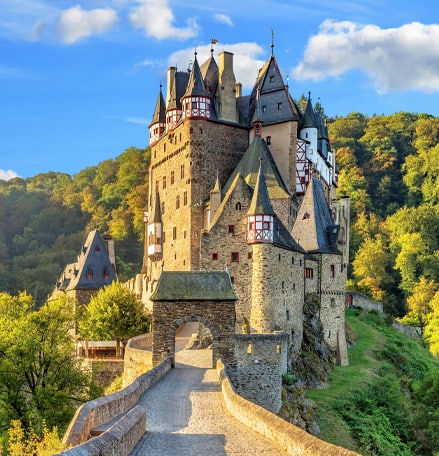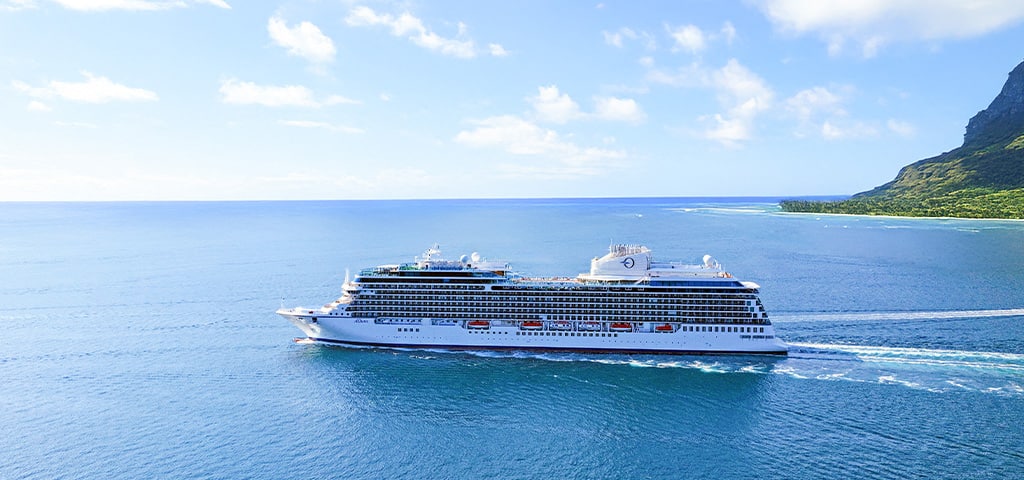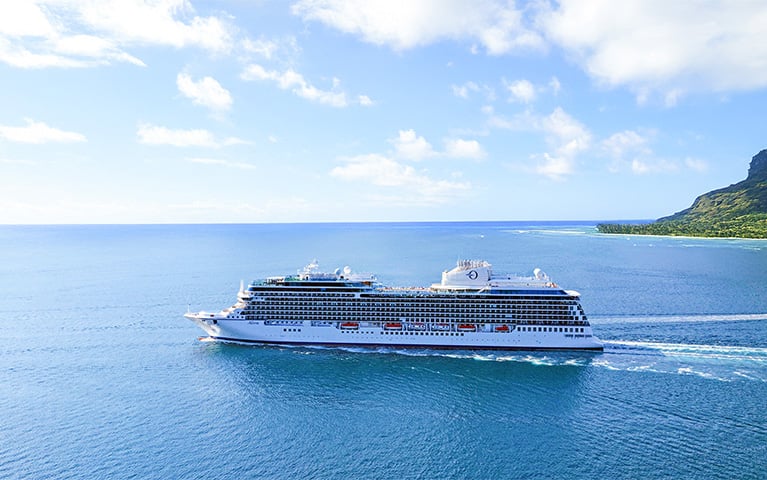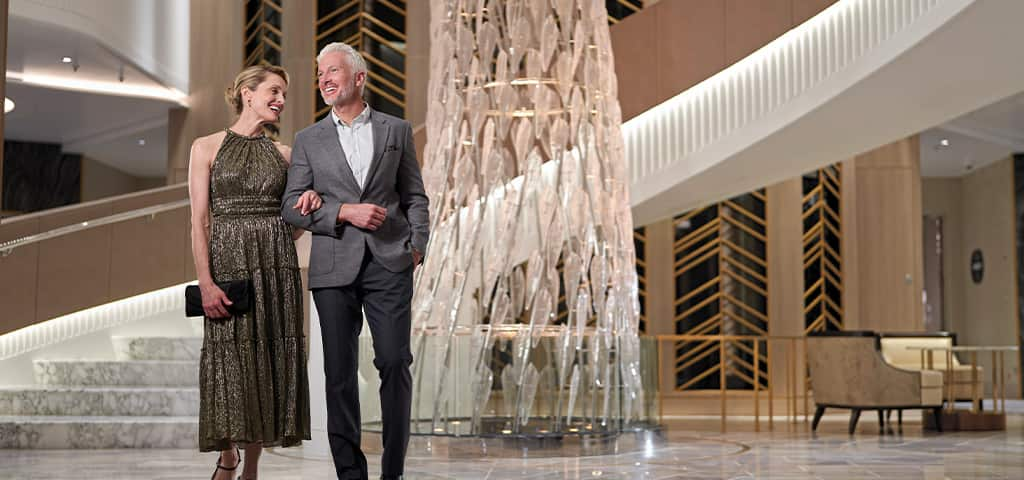Cannelés: Sweet Origins in Bordeaux
If you’re a coffee aficionado and frequent our popular Baristas coffee bar on board our ships, you’ve likely spotted a plate of small fluted cakes beneath a glass cloche positioned unassumingly on the countertop. And those that have been tempted to try one, understand there’s simply no way to forget the rich rum and custardy vanilla interior that perfectly complements the glossy, caramelized shell. Every subsequent coffee experience without a delectable cannelé will pale in comparison. It’s little moments like these that make the Oceania Cruises experience something we miss.
No other pastry combines quite the same textures and flavors and while many French dishes and pastries often have the reputation of being complicated to prepare, none are quite as temperamental as the cannelé. The crisp, yet chewy crust tastes like a dark caramel with just a hint of bitterness that perfectly offsets the sweet, milky interior that has undertones of rum and often has a honeycomb-like crumb. Since these small cakes from Bordeaux have a reputation for being challenging to prepare, instead of offering a recipe, we’ll whisk you away to France with the colorful tale of their origin until we can enjoy cannelés expertly prepared by our talented pastry team back on board again.
It All Began With Wine
An iconic part of Bordeaux’s robust culinary heritage, this tempting pastry was born from a surplus in egg yolks due to the local winemaking culture. Winemakers in the region relied on egg whites to clarify wine and began donating the excess yolks to nuns to make food for those in need. One popular origin story traces its roots to the 17th-century L’Annonciade monastery, but archaeologists were unable to confirm whether this is accurate. The name itself comes from the French word for “fluted,” and regardless of where those very first cannelés were baked, it’s evident they were fated to be a French staple from day one.
A Guild of Canauliers
In 1985, a group of patissiers banded together to create a cannelé guild to protect and preserve the recipe and standard of the traditional canelé, tying it to the region’s heritage. They registered their guild with Bordeaux’s parliament, took an oath to uphold the standards, guard the recipe and pass it down to future generations. To cement their authority, they dropped an “n” from the name to create “canelé” to designate the pastry of their city.
The typical recipe calls for milk, egg yolks, sugar, pastry flour and butter. Vanilla beans and rum were later added in the 20th century. The thin batter must rest overnight to allow the flour to completely absorb the liquid, which creates a smooth and velvety texture. After properly resting, the cold batter is poured into chilled traditional molds (it’s often said copper molds yield the best results) and baked for a surprisingly long time – 1 to 2 hours depending on the oven and the desired darkness. True Bordelais-style cannelés means baking the pastries until they are deep chestnut color and the crust crackles.
Since the ingredients are so simple, the quality of each one affects the taste, appearance and crispness and overall flavor. French bakers often say the cannelé takes on a life of its own since the essential characteristics vary so much from patisserie to patisserie. We say that’s a claim well worth investigating on a cannelé tasting tour the next time we’re in Bordeaux.
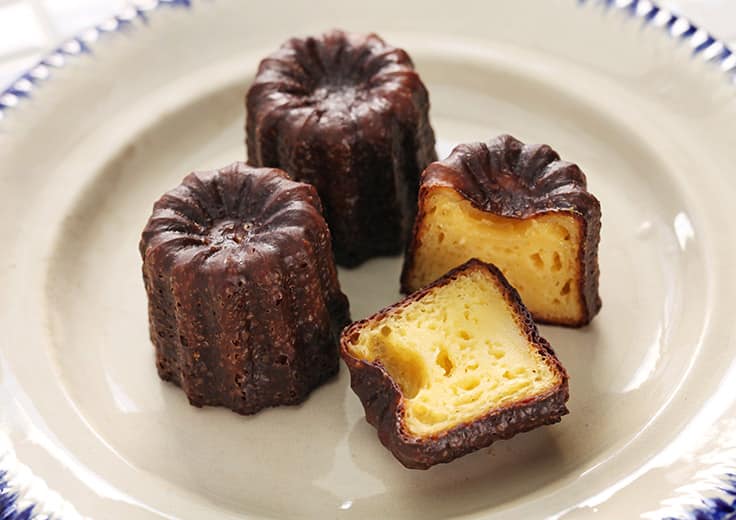
- Relaxed Yet Refined Dining: The Finest Cuisine at Sea Redefined
- Introducing Giada De Laurentiis: Our New Brand and Culinary Ambassador
- Chefs Alexis Quaretti and Eric Barale Named Executive Culinary Directors
- Exciting New Ways to Wine & Dine On Board: OceaniaNEXT Enhancements
- The Creative Minds Behind The Finest Cuisine at Sea

